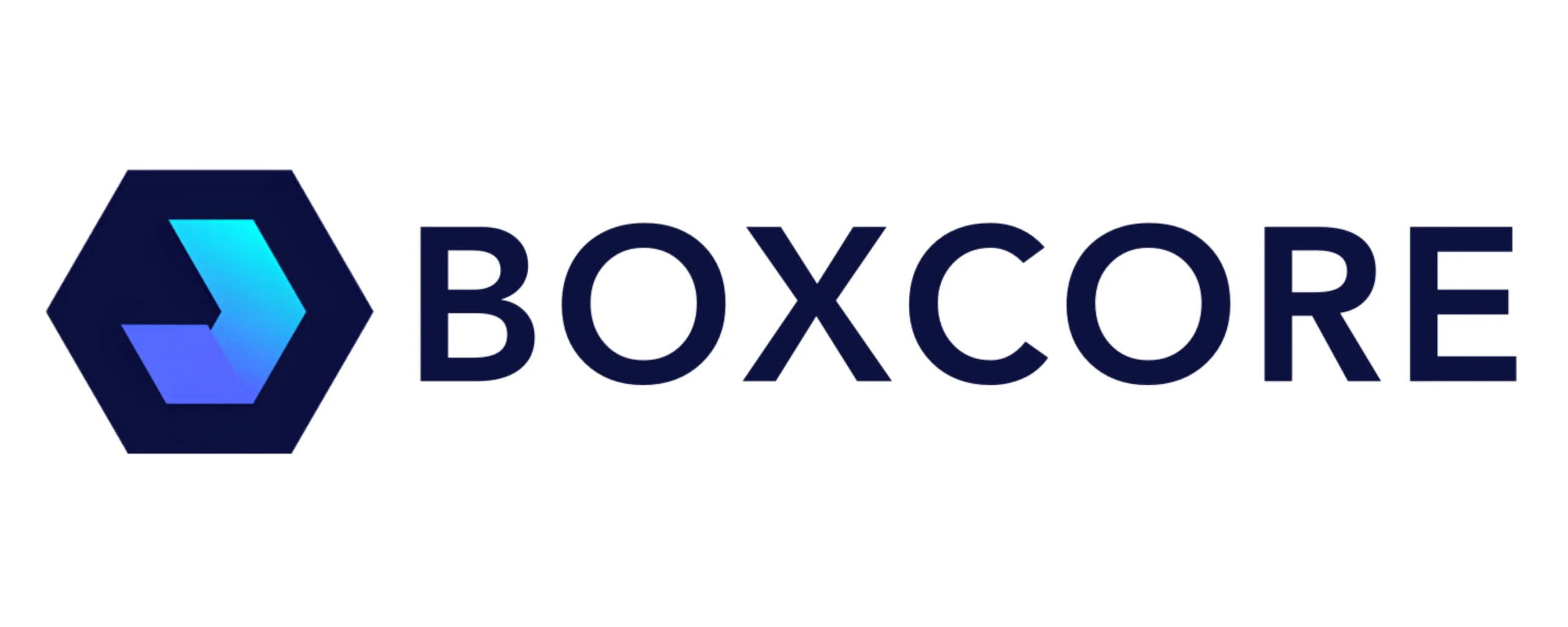Managing subcontractors effectively is one of the most important parts of running a successful construction project. Whether you’re building a high-rise in a major city or delivering a smaller regional job, subcontractor management software can make the difference between smooth progress and constant headaches. In a sector where deadlines are tight, compliance is non-negotiable, and teams change from week to week, the right subcontractor management software for construction will help you keep control without adding more admin.
The challenge is finding a solution that works for both small contractors and large general contractors – because on most projects, these two groups work side by side. The software has to be simple enough for quick adoption on site, but also powerful enough to handle complex reporting, safety tracking, and workforce data across multiple projects.
Based on experience with thousands of construction users, here are six essential factors to keep in mind when choosing subcontractor management software for construction.
1. Ease of Use and Speed of Adoption
The biggest reason subcontractor management software fails isn’t lack of features – it’s lack of adoption on the ground. If the platform feels like extra work for site crews, they’ll find ways around it, and you’ll end up back in the world of emails, spreadsheets, and chasing updates.
Boxcore was designed specifically to solve this problem. It’s built around an intuitive interface that lets subcontractors and site managers get up to speed in minutes, not days. In many cases, teams are working with live data in a matter of hours after onboarding, thanks to fast data migration and straightforward training sessions (see how it works for subcontractors).
Key things to look for here:
- Minimal training requirements – you shouldn’t need a week-long course to start using the software.
- Mobile-first design so operatives can use it easily on site.
- Clear, logical workflows so even non-technical staff can update records and check compliance instantly.
When adoption is quick, you start seeing value immediately – less time chasing paperwork, fewer gaps in data, and faster problem-solving.
2. Built Around Key Workflows: Safety and Workforce Management
Construction sites are dynamic. Teams, tasks, and risks change daily. Your subcontractor management software needs to be built around the workflows that keep projects safe and productive – primarily safety compliance and workforce management.
With Boxcore, you can:
- Track training records, certifications, and site-specific requirements such as CSCS cards in the UK, Safepass in Ireland, or SST cards in NYC (more on workforce compliance here).
- Automate safety documentation – from RAMS and permits to inspections and audits – so nothing slips through the cracks.
- Use facial recognition for time tracking and access control, ensuring only trained and approved workers can enter site (read how Boxcore reimagines access control).
Safety and workforce management aren’t “nice-to-haves” – they’re the foundation for productivity and compliance. If your software doesn’t make these tasks easier, it’s not fit for purpose.
3. Instant, Actionable Data on Dashboards and Reports
In construction, data is only useful if it can be acted on straight away. Weekly summaries are fine for board reports, but on site, you need real-time information to deal with issues before they slow the job.
Look for subcontractor management software that provides:
- Customisable dashboards showing live workforce numbers, training gaps, and compliance status.
- One-click reporting so you can send an update to a client or auditor without pulling together multiple spreadsheets.
- Drill-down capabilities to see exactly which company or worker is missing a requirement.
Boxcore’s dashboards are designed to give project managers and directors a single source of truth for safety and workforce data across all active sites. That means less time on admin, and more time managing the actual build.
4. Attendance Tracking That Works for Any Project Size
Whether you’re running a small crew or a multi-trade team of hundreds, knowing who is on site – and for how long – is essential. Attendance tracking isn’t just about payroll; it’s about safety, security, and accountability.
Effective subcontractor management software should:
- Offer multiple sign-in options, including facial recognition for speed and accuracy.
- Provide real-time headcounts, broken down by company or trade.
- Generate historical attendance records instantly for audits or disputes.
Boxcore’s attendance tracking works just as well for a local subcontractor with a handful of operatives as it does for a large general contractor managing multiple crews across different projects. It’s flexible, scalable, and integrates with other core safety and compliance features (learn more about time and attendance).
5. Easy Movement of Information Between Projects
Construction rarely follows a static plan. Workers and subcontractors often move between sites, especially in fast-paced programmes where deadlines overlap. Your software should reflect this reality.
Key capabilities to look for:
- Copying or transferring training and compliance records between projects without re-entering data.
- Centralised worker profiles that stay with the individual, no matter which job they’re assigned to.
- Historical data retention so you can verify past compliance on future projects.
Boxcore was built to match the way construction actually works. If a subcontractor moves from Project A to Project B, all their approved documents, training records, and attendance history go with them automatically. This not only saves admin time but also reduces the risk of errors or missing information.
6. Suitable for Both Small Contractors and Large Companies
On most sites, large main contractors depend on small subcontractors to get the job done. If your subcontractor management software doesn’t work for both, you’ll end up with gaps in the system.
For smaller contractors, the platform needs to be simple, affordable, and quick to learn. For larger firms, it must handle complex reporting, multiple concurrent projects, and integration with existing systems such as Procore or Autodesk.
Boxcore’s scalability means it can be rolled out across a Tier One contractor’s entire project portfolio while still being easy enough for a five-person subcontractor to adopt in a single afternoon. This dual suitability is critical for achieving complete visibility and compliance across all trades (read how Boxcore supports both tiers).
Why These Six Factors Matter
Construction is unforgiving when it comes to delays, safety breaches, and compliance failures. If subcontractor management software doesn’t address the realities of site work – ease of use, safety-first workflows, real-time data, flexible attendance tracking, information mobility, and scalability – it simply won’t deliver.
Padraig Reilly, CEO and Founder of Boxcore, puts it plainly:
“At the end of the day, our goal is simple: we want to give contractors tools that actually make their lives easier on site. It’s about cutting down the admin, improving safety and helping teams get the job done with less hassle.”
That’s why platforms like Boxcore are seeing rapid adoption across Ireland, the UK, Europe, and the US – because they solve the actual problems that site teams face, without adding new ones.
Moving Beyond Spreadsheets and Emails
Many contractors still manage subcontractors using a mix of email chains, paper folders, and Excel. While familiar, this approach is slow, error-prone, and impossible to scale across multiple projects.
With a platform like Boxcore, you can:
- Store all safety documents, training records, and attendance logs in one place.
- Share data instantly with clients, auditors, or other contractors.
- Eliminate double-handling of information and reduce admin costs.
- Keep every subcontractor accountable and compliant from day one.
The result isn’t just better compliance – it’s a smoother project with fewer delays and less time wasted chasing information with subcontractor management software that works for construction.
Next Steps
If you’re serious about improving subcontractor management, start by assessing your current workflows against the six factors above. Ask whether your existing system – or lack of one – can:
- Be adopted by your frontline staff and subcontractors
- Make safety and workforce management easier for everyone on site.
- Give you actionable, real-time data.
- Track attendance flexibly across project sizes.
- Move information seamlessly between jobs.
- Work equally well for a 10-person subcontractor and a 500-person main contractor.
If the answer is “no” to any of these, it’s time to look at a solution built for modern construction realities. Book a demo today and see why over 200 Contractors of all sizes are using Boxcore to simplify safety and workforce management.


